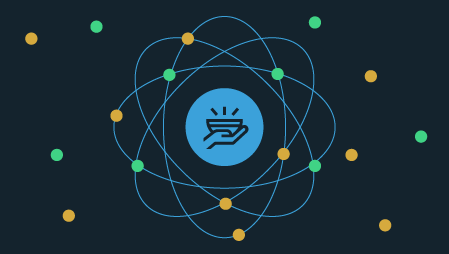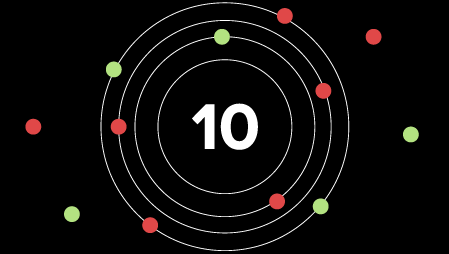Marina Ruggieri, IEEE Fellow and professor of telecommunications engineering at the University of Roma, helps Information Age solve the problem of IoT connectivity
Before tackling the problem of IoT connectivity, it’s important to understand the mass IoT market: what does it compose of? Will the IoT market largely be made of industrial or consumer connections, or both?
Today, it’s certainly true that industrial connections compose the majority of the IoT market: industrial IoT. Manufacturers are lining there factory floors with internet connected devices that can help deliver real-time information on individual machines and the collective. Mainly, this is to improve the product lifecycle management (PLM) of the equipment and reduce dreaded downtime. But, it’s not just on the factory floor where the IoT market will infiltrate.
“IoT could improve the quality of people’s everyday life, particularly in those domains where the future of human beings looks more challenging,” confirms Marina Ruggieri, IEEE Fellow and professor of telecommunications engineering at the University of Roma. “IoT could, then, become a great opportunity to align mass market with the best interest of a sustainable future.”
Industrial IoT applications, while prevalent in manufacturing, could extend to agriculture as a critical component in the creation of smart agrifood and precision farming — necessary for sustainable future. Even further, “other IoT domains that could effectively concur to a future-friendly mass market are home automation, smart building, healthcare and environmental monitoring,” says Ruggieri.
Protecting the edge of IoT as adoption rates for the technology grow
Enabling mass connectivity
For this sustainable future, led by the IoT, to take root, mass connectivity must be enabled.
Ruggieri explains: “The major challenges that network designers and developers will be experiencing in the near/medium term could also become very effective enablers for the IoT mass connectivity. The most fascinating innovation deals with the software-driven (Software Defined Networking, SDN) transformation of the integrated network composed not only by the terrestrial segments, where progress on the SDN approach is more and more tangible, but also by aerial and space components.”
“Another enabler in the medium term,” she says, “would be a suitable role of robots in the network functions and the cooperative environment that humans and robots are going to establish therein. It sounds like science fiction, but that future is much closer than we expect…”
Processing IoT data at the edge: the right business decision
What organisations are providing mass IoT connectivity?
What organisations are the providers of mass IoT connectivity? Is it systems integrators, IoT specialists, communications service providers, telecoms operators, IT vendors or others?
“Any successful and sustainable deployment of IoT connectivity (and of the related future-friendly applications) is a complex matter that first of all implies a huge system challenge at both technical and management level,” suggests Ruggieri.
In that vein, she advises that “the most suitable identikit of an ideal provider for the mass IoT connectivity arena would be a hybrid organisation between an extremely capable system integrator and a quite visionary telecommunication operator. Therefore, a cooperation effort among the various players in the connectivity arena would probably be the best approach to create virtually a “hybrid provider” suitable to all the IoT connectivity challenges, including the ones related to sustainability.”




